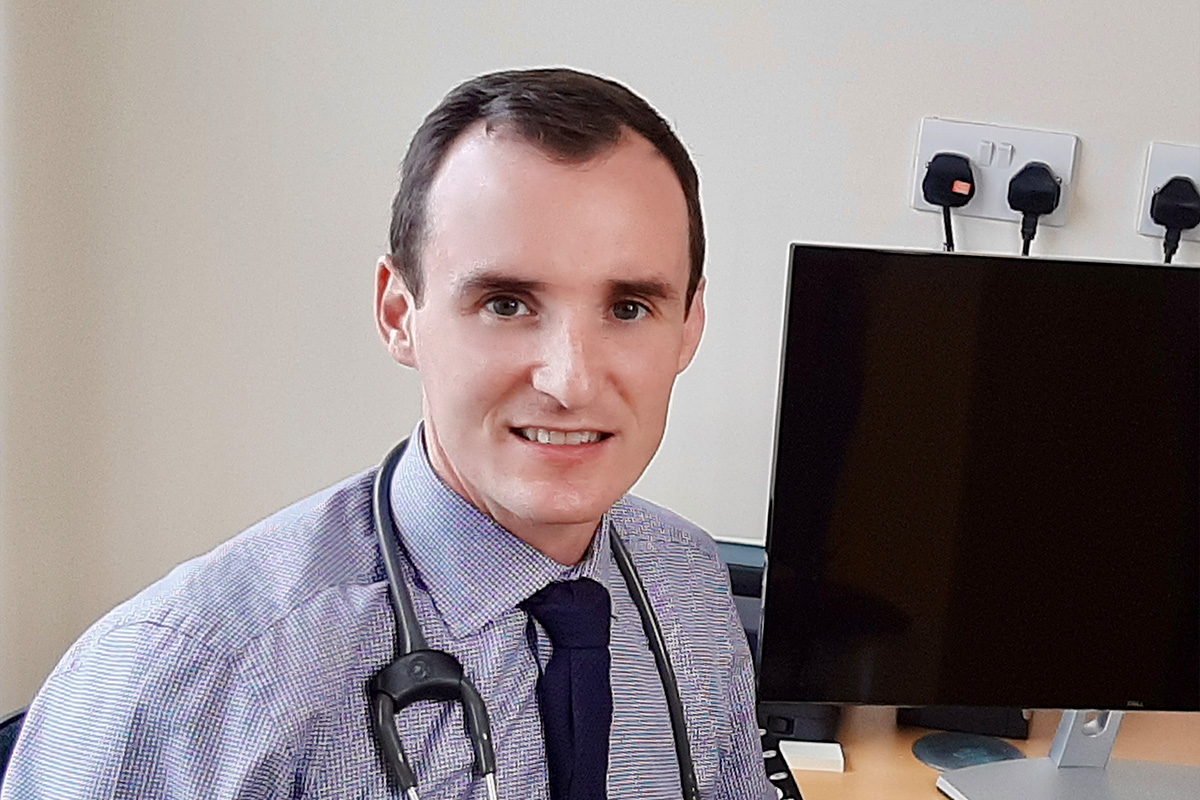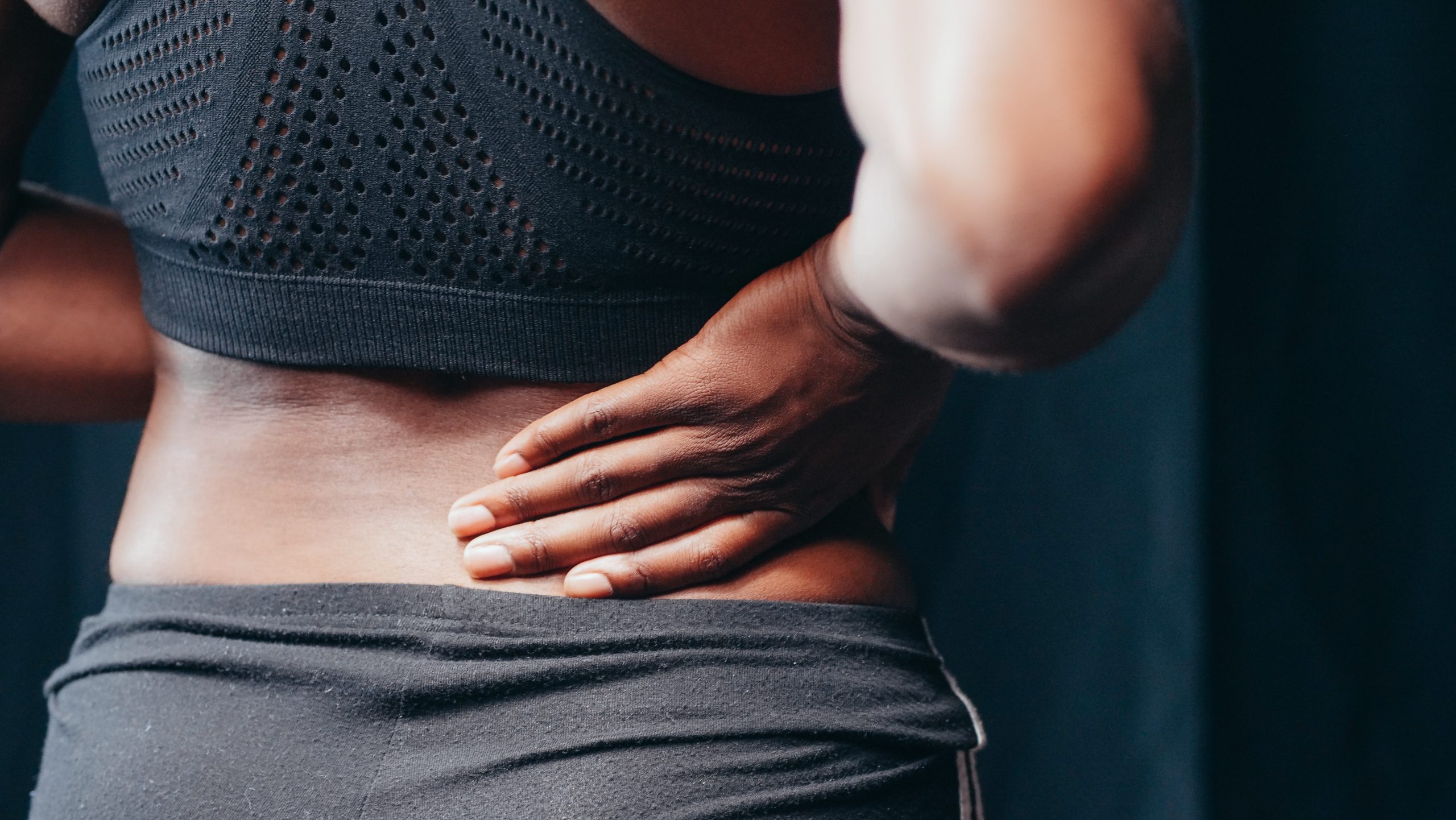Before we start talking about sports injuries, let’s quickly look at the benefits of physical activity. Benefits that out way the occasional risk of injury.
Playing a sport and all other forms of exercise help reduce the risk of ill health such as heart disease. Staying active is also good for your mental health as well as your cardiovascular health and muscle strength. There isn’t one part of your body or mind that doesn’t benefit from regular exercise.
However, on occasion, injuries do occur during sports games, training and exercise. With proper caution and training, you can reduce the risk of injury. With appropriate diagnosis and treatment, the injury can be repaired.
Types Of Sports Injuries
Sports injuries vary from minor injuries that are quick to treat to the more serious, which can take time, professional treatment and patience to treat.
Unfortunately, sports injuries can happen to any part of your body. It could be a sprained ankle whilst working out, a cut from a fall or even a fracture or break during a game.
Head Injuries In Sport
A head injury occurs when the head receives a blow. This could be from a ball, a fall or accidental contact with another player, for example. In some cases, a bruise or even a cut can appear immediately. However, with head injuries, it is what you can’t see that you must be most watchful of.
A concussion can occur when you receive a blow to the head of any kind. By definition, a concussion is mild brain damage, usually temporary, and therefore requires professional medical assessment. The symptoms of a concussion can include a loss of consciousness. However, this does not always happen. Other symptoms include feeling dizzy and drowsy, vomiting or nausea, a headache or feeling light-headed.
Tendonitis
Your tendons attach your bones to your muscles and can become injured and swollen during sport. This can occur whilst running, jumping or doing anything that strains your joints. Tendonitis can be painful or tender and typically cause swelling and redness in the injured area. In some cases, the injured joint may be difficult to move also.
Sprains and Strains
Sprains and strains are often used interchangeably to describe injuries to areas of muscle. However, they are, in fact, different types of injuries with similar symptoms.
A strain refers to a muscle injury – a tear or a stretch – and can cause pain and restrict the use of that muscle.
A sprain refers specifically to an injured ligament. A ligament is a band of tissue that wraps around your joints. Ligaments are strong but can become torn or stretched just like a muscle. Symptoms are similar to a strain, which is why it’s a good idea to get checked by a doctor.
Other common sports injuries to watch out for include:
- Tendonitis (commonly the joints and shoulders)
- Cuts and bruises to any part of the body
- Bone fractures and breaks
- Blisters – usually the feet
- Shin splints
- Achilles heel
Causes Of Sports Injuries
Sports injuries can affect both adults and children and everyone from the elite athlete to the occasional jogger.
Having the wrong equipment or even footwear can lead to strains and sprains in sport. However, many injuries come from people not warming up properly. Warming up decreases the risk of injury dramatically and can even help you feel less sore afterwards.
Contact sports are where most sport-related head injuries occur. Although they can happen during any physical activity, and should be treated seriously until checked by a doctor. Accidents caused by faulty equipment, overtiredness, and sheer bad luck are often the cause of sports injuries too.
An often overlooked risk comes from overexertion. In your attempts to be fitter, stronger or win more games is the increased chance of injury. It is vital to give your body the rest it needs after making it work hard. If you are training, your efforts should increase gradually so that your body can adapt. Avoid pushing yourself too hard out of impatience to improve faster. Injuring yourself could set you back months.
You can take simple measures to prevent sports injuries. Such as ensuring you warm up properly beforehand, using the correct equipment and resting between game and workouts.
Diagnosing Sports Injuries
The most accurate way to diagnose a sports injury is to see a doctor at a Sports Medicine Clinic. Specialists in sports medicine are experts at treating sport related injuries and will diagnose and treat your injury correctly.
During an examination for the diagnosis of a sports injury, your doctor will examine the injured area. They will also ask you about the level of pain and any history of injuries that might be related.
When necessary, your doctor may refer you for an X-ray to ensure no breaks or fractures. Following your examination, your doctor will suggest a suitable course of treatment and answer any questions you may have.
How To Treat Sports Injuries
The treatment of an injury varies depending on the severity and type of injury that you have.
Some sports injuries require rest and care, whilst others will need pain control. Proven treatments for sports injuries include:
The RICE Method
A method that is beneficial for mild injuries and can help reduce swelling and pain. This method is used when a doctor determines that no further treatment is needed. RICE stands for the four steps that aid recovery – Rest, Ice, Compression, and Elevate.
Injections
Sports injuries that cause considerable pain and swelling may benefit from Corticosteroid or Hyaluronic Acid injections. These injections are often used in sports medicine as anti-inflammatories and pain relievers. Hyaluronic Acid injections can also cushion injured joints by acting as a lubricant.
Acupuncture
Contemporary Acupuncture is a medical method used to manage pain, including that from sports injuries. Acupuncture stimulates the bodies nervous system in specific areas, releasing chemicals, including endorphins, that are beneficial to pain relief.
Shockwave Therapy
For patients experiencing chronic pain from a sports injury, your doctor may recommend Shockwave Therapy. This non-invasive method involves pulse-like waves of energy being delivered to the injured area of the body. Shockwave Therapy helps with pain relief, but it is also proven to reduce injury healing time in some cases.
Contact our Sports Medicine Doctors at Roxboro Clinic in Limerick for all of your sports medicine needs. Our team have years of specialist sports medicine training and expertise dealing with sports injuries.

Dr. O’Donoghue has a keen interest in Sports Medicine and has completed a Masters Degree in Sports and exercise medicine from University College Cork achieving an honours degree. He has also done additional training in Neurofunctional Acupuncture from McMaster University in Hamilton Canada. He has completed the FIFA Football Medicine Diploma and is a trained provider of the EMS Swiss Dolorclast method for ESWT (extracorporeal shockwave therapy).
